Continued from page 2, Goslar and the road to Berlin
The following morning I drove on and was relieved to discover a public loo on Grossestrasse in the middle of Treuenbrietzen with parking alongside. This is a 50 cent slot machine booth.
On the way out of town towards Berlin there was a Netto supermarket where I stopped and bought some fresh rolls (brotchen), cold meat and cheese for breakfast.
Driving through Potsdam I spied the parliament building and stopped to take some photos. After being severely damaged during World War Two, it was demolished during the communist era and has now been rebuilt to its former glory. Originally it was the royal palace and alongside it stand the former royal stables, part of which is now a major film museum.
The front tyres on my car had been giving increasing cause for concern. They were getting thin and I was planning to replace them before the MoT due in October but one of them was losing air faster than I liked and the handling was suffering. A car hire office in a hotel foyer (with a good chance that someone would speak enough English) prompted the idea of getting them replaced and the chap behind the desk gave me the name and address of a tyre fitter not far away.
It was only a small diversion off my route to visit Reifen-Müller in Berliner Strasse. Fortunately the manager’s English was considerably better than my German. He even understood my joke about it being the furthest I’d ever driven to buy new tyres.
From there I headed to Kladow. On my way in I stopped at a local shopping centre to look around and noticed a tobacconist come travel agency and went in to buy some pipe tobacco. Sadly his card merchants didn’t accept my plastic and so I limited myself to a pipe smoker’s cleaning tool.
What was the British Montgomery Barracks is now used by the Bundeswehr who have named it Blucher Kaserne. What I could see of it from the road, it appeared to have been rebuilt since the 1940s so I limited my photos to the front gate. When the regiment was based here in 1946 it was a mostly rural area bordering the Soviet Zone. Now it is a prosperous residential suburb.
From there I headed into Berlin city centre on the main dual carriageway, the Heerestrasse. Shortly after crossing the River Havel it passes the British War Cemetery where many British soldiers who died fighting in World War Two are buried. There is a service road on each side in which one can park, apparently without restriction.
Immediately before the next junction is a small parking area where I stopped to get my bearings. It was then I noticed a small restaurant and since it was lunchtime I thought it would be rude to stop and not partake. I’m happy to report that the Tiroler Bauernstuben serves some very fine grilled black pudding with apples, onions and mashed potatoes. The apple and pear strudel with vanilla sauce and whipped cream was to die for.
Further on I was at the head of the queue stopped at a set of traffic lights. A family crossed in front of me and the young girl aged about nine or ten looked most confused when she noticed the driver was on the “wrong” side.
As the Heerestrasse heads in to the city its name changes, becoming Kaiserdamm, Bismarckstrasse and Strasse des 17. Juni. Previously the latter was named “Charlottenburger Chaussee”. West Berlin renamed it to commemorate the uprising in East Berlin on 17 June 1953, when the Red Army and GDR Volkspolizei shot protesting workers.
There were two places where Soviet troops were routinely allowed into west Berlin during the Cold War. One was Spandau Prison during the time that Rudolph Hess was imprisoned there when it was their turn to guard him in rotation with the British, American and French armies.
The other was the Soviet war memorial which stands alongside the Strasse des 17. Juni. Again, there is parking alongside the main road right up to the junction with the road which crosses in front of the Brandenburg Gate. There is also parking in surrounding roads.
As one would expect there were a great many tourists around the Brandenburg Gate, the Bundestag and the Tiergarten (the park) as well as vendors of refreshments at greatly inflated prices.
The most unexpected sight, and sound, was that of a DJ playing music in a Trabant Universal whilst parked alongside the Gate.
The statue on top of the gate faces east, so the best time for photos is in the early morning.
Some shade, a drink and a rest were now my priorities. My planned route took me out the same way as I’d come in so I set off, found a shop selling cold drinks and further on some shade under the trees in the parking road alongside the Heerestrasse. I only stayed long enough to transfer my photos off the camera onto my laptop and a backup hard drive and to make some notes.
Not noting the time, my departure coincided with the Berlin rush hour. Consequently the Heerestrasse was three lanes of solid traffic heading westwards but at a good pace . At least it was until someone decided to indulge in a fender bender and the police closed the road. All that traffic isn’t just going to sit there, people want to get home. Hence I found myself on a scenic tour of the Spandau suburbs.
Once I’d rejoined the main road most of the rush hour traffic had dispersed and I made good time. There was another diversion near Pissen where a bridge was being replaced.
There was no intention of completing my journey to Luneburg that evening and I found a spot to pull off and spend the night.
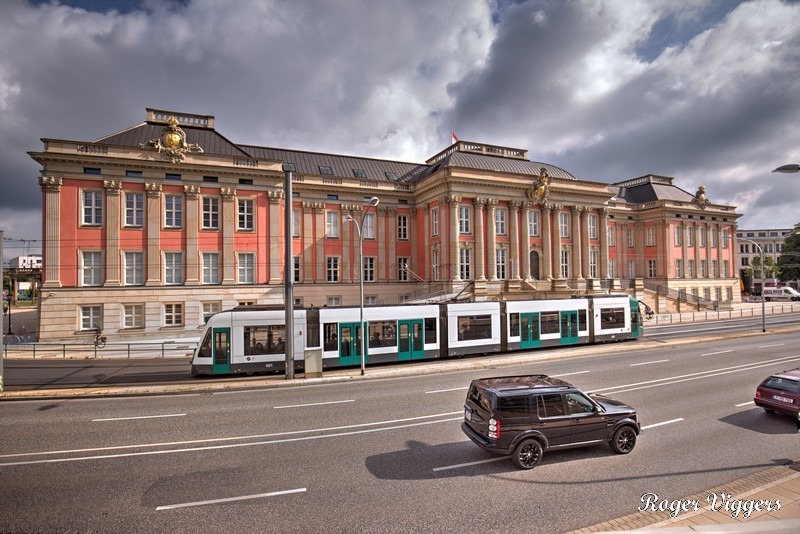

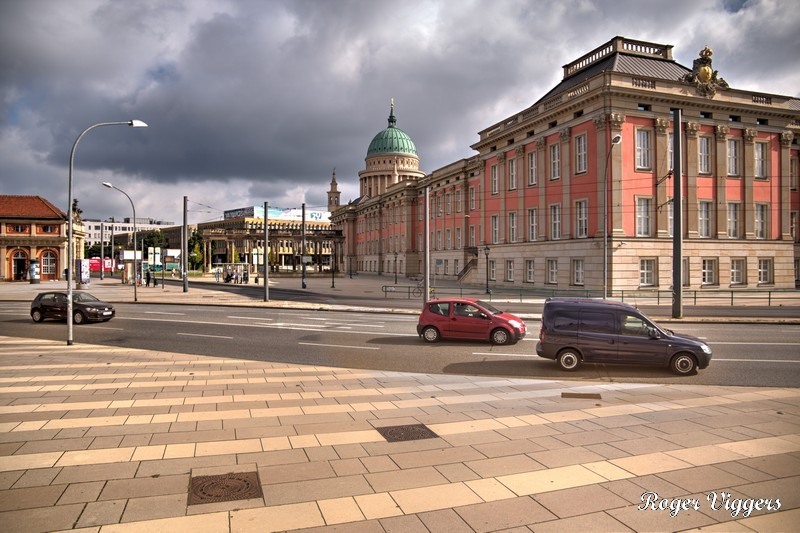
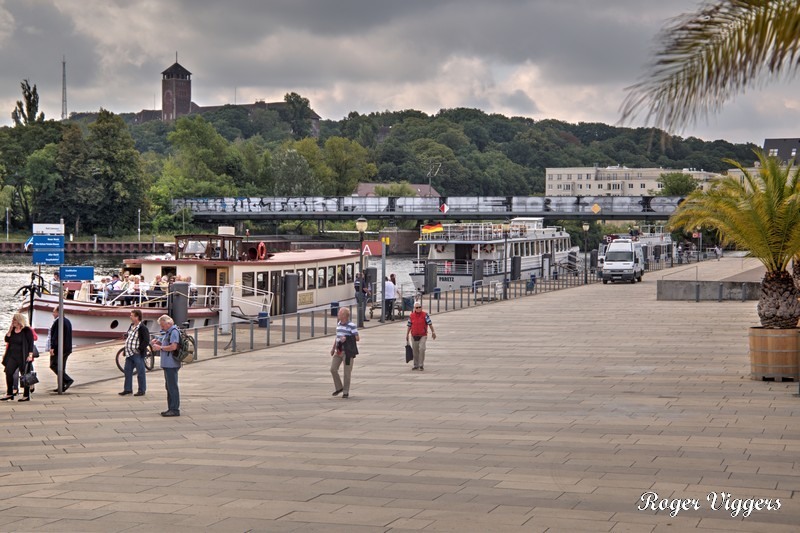
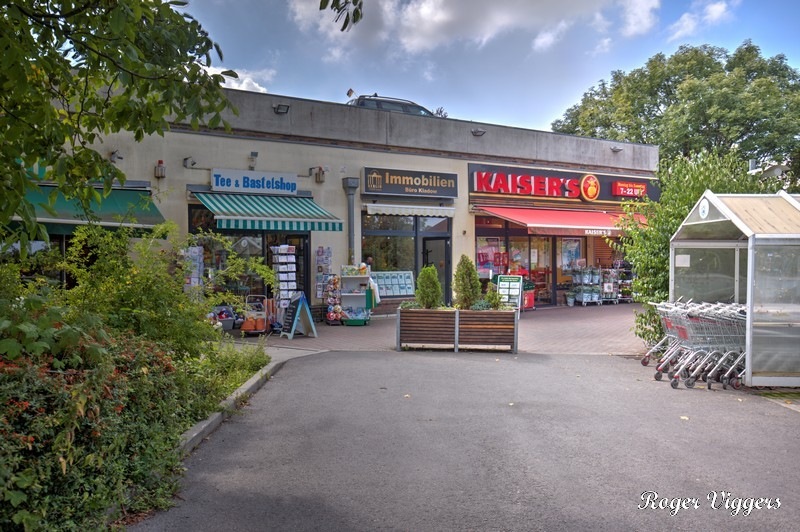
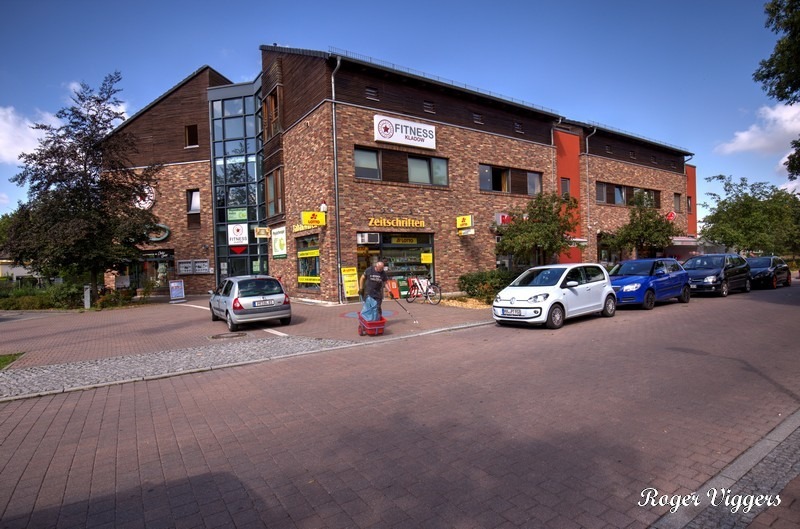
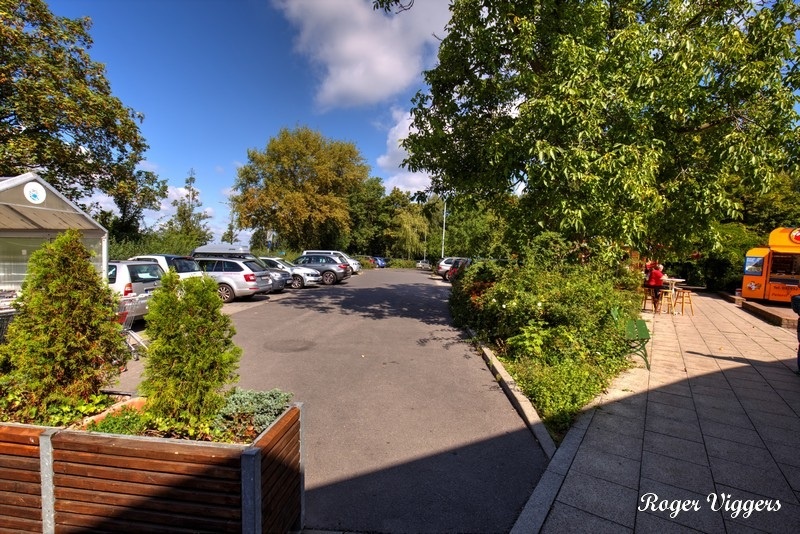
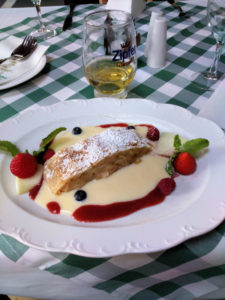

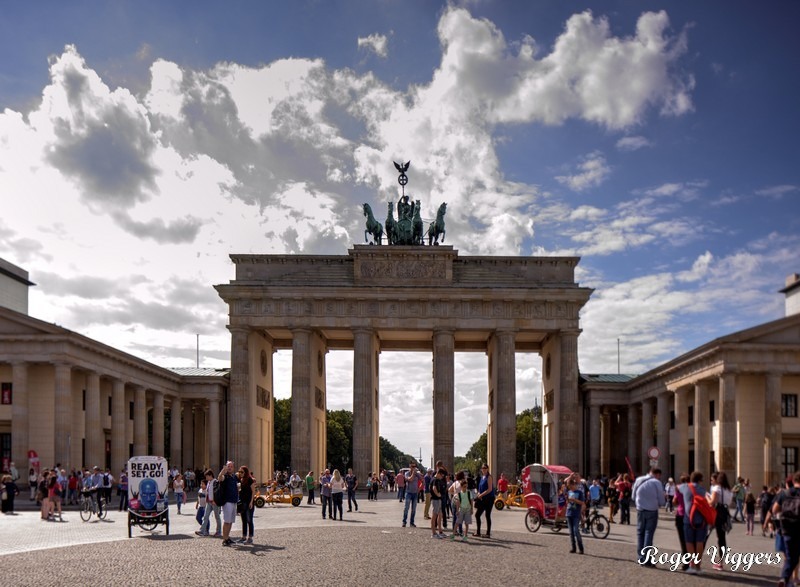
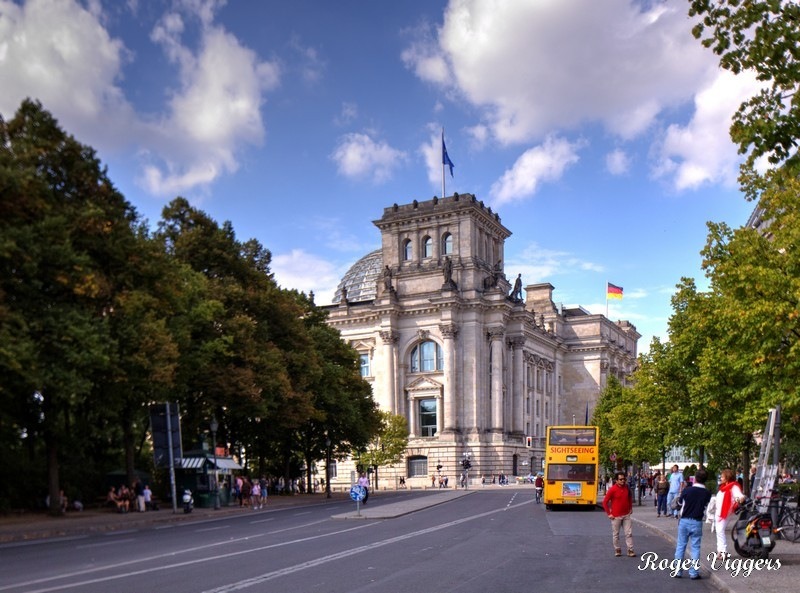
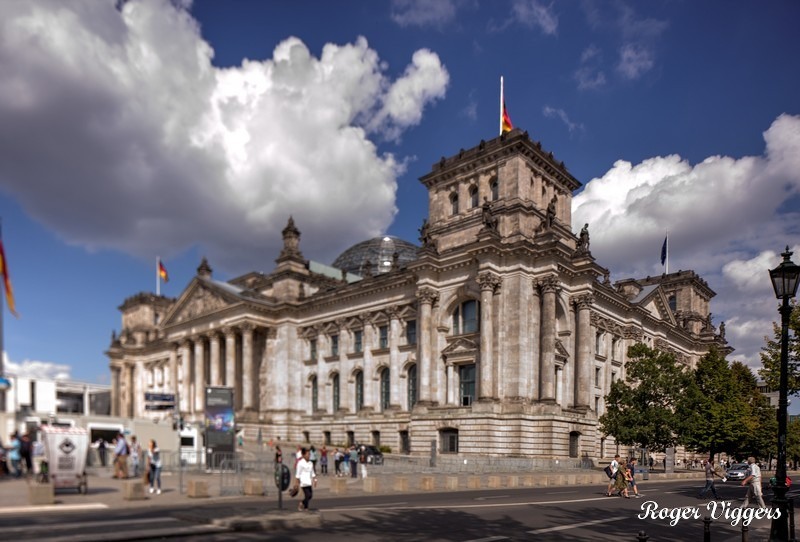

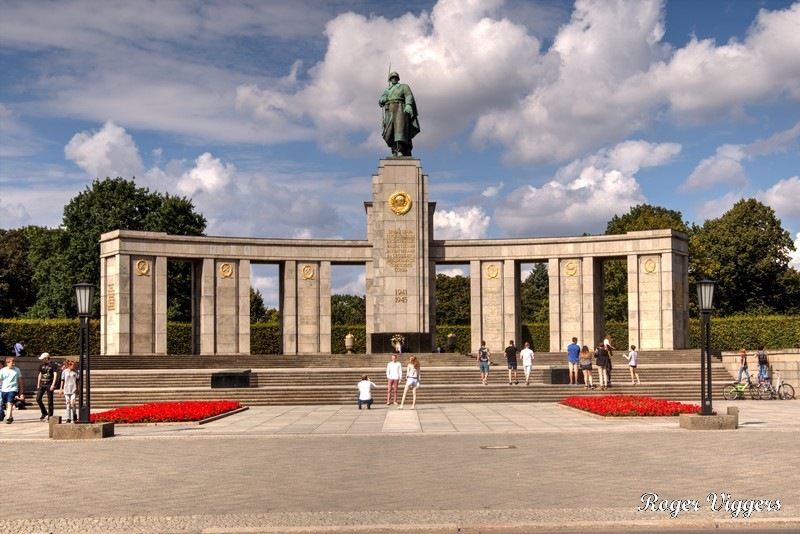
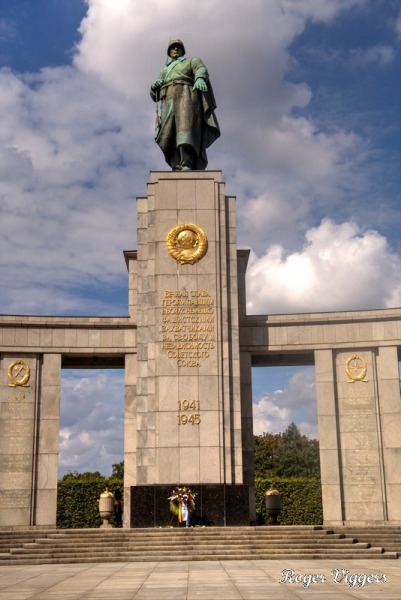
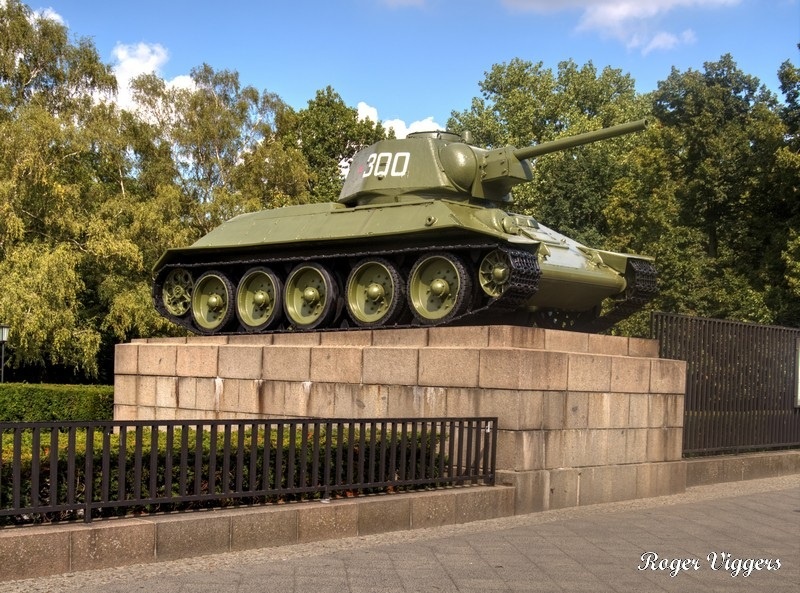

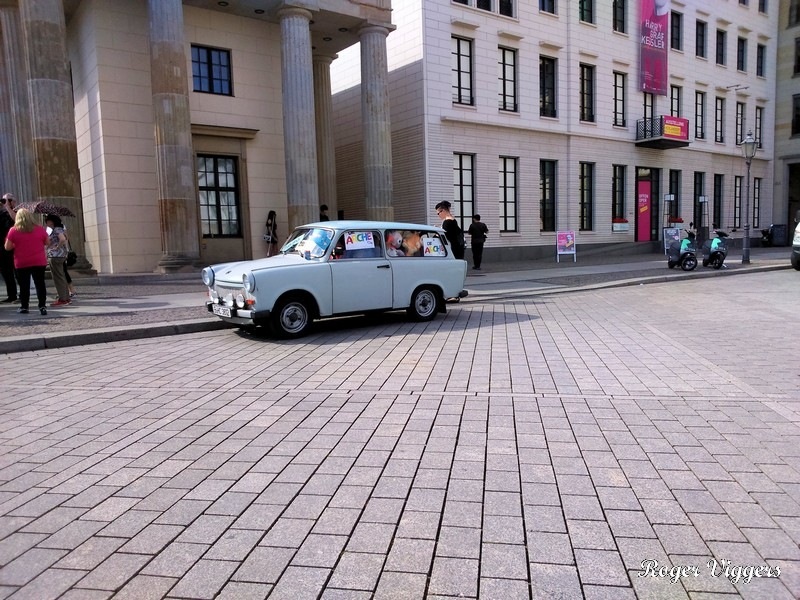
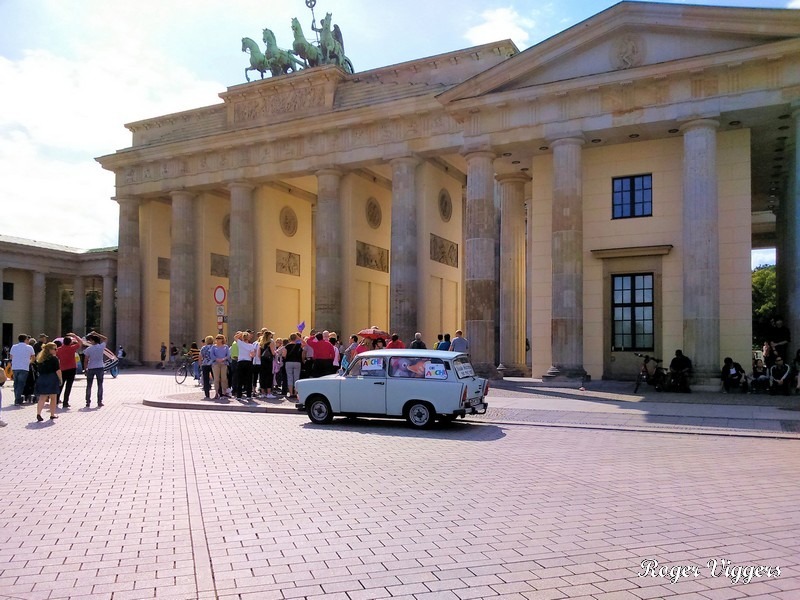
Lived in Berlin Charlottenburg from 1979 to 1982 in a military married quarter and could easily return to live there again as it became my favourite city to live in. There was so much to do with sailing on the Wannsee, cycling on well prepared tracks and some excellent cafes and restaurants. During my time there I managed to big Naafi shop in Theodore Heuse Platz.
Have been back a couple of times and although the people we knew at the time are no longer there apart from a couple of German and ex pats it is still worth a visit and to tour the old eastern part of the city which in my residential days was very restricted for us.